On March 21, the Los Angeles County Board of Supervisors passed an important motion that instructed the Director of the Office of Child Protection, Michael Nash, former presiding judge of Los Angeles County’s Juvenile Court, to find out why so many of LA County’s foster children were crossing into the county’s delinquency system, what could be done to prevent that crossing, and how these so-called crossover kids could be helped if and when and if they found themselves in the clutches of both county systems.
“Preventing youth in the dependency system from being arrested or
having contact with the Probation Department is imperative,” the motion read. The sense of urgency was understandable, given the research on how poorly crossover kids tend to do, statistically, when they reach adulthood.
There is, for instance, this 2013 report funded by the Conrad Hilton Foundation, showing that half of the crossover youth studied fell into extreme poverty in their young adult years, as compared to only 25 percent of those kids in juvenile probation alone, or 33 percent of LA youth who were in foster care alone. Crossover youth were also more likely to think about suicide or attempt it, than kids in just one of the county’s systems.
The motion, authored by Supervisor’s Mark Ridley-Thomas and Hilda Solis, directed Nash, and all the relevant county agencies, to come back in six months with a report that answers a list of questions about the dilemma of crossover kids. And then the same group was to put together a plan to keep keep foster children from becoming “dual status” kids, and to enable those kids who do wind up in both systems to get what they need to heal and thrive.
With the urgency expressed by the board motion in mind, at a recent meeting of LA’s Commission for Children and Families-–which advises the supervisors on matters affecting at-risk children, youth and families—the commissioners asked various county officials to show up to discuss why so many foster care facilities were calling the police so often on the kids they were charged with helping.
The bad stats
According to a fact sheet compiled by the National Center for Youth Law, which all the commissioners received before the beginning of the May 21 meeting, in Los Angeles County, along with various other counties in the state, group homes for foster kids—or congregate care facilities, as they are now called—have been calling the cops repeatedly on the youth in their care for actions that, in the great majority of cases, would be handled entirely differently, were these kids living in a normal family with parents who were looking out for their best interests.
In 2016, of the 6,217 “non-mandated” calls to police statewide for youth behavior, 60 percent were for what are called “behavior health emergencies”—meaning they involved, say, property damage such as punching a wall, substance abuse, or a minor theft from someone else in the facility.
In other words, in the majority of the cases, law enforcement was called, not because of a public health threat or a genuine emergency, but as a form of behavior control.
To put it another way, a sledge hammer was being repeatedly used to swat a mosquito, according to the National Center for Youth Law and other child advocates, and kids were being criminalized as a consequence.
The calls resulted in 435 youth being cited, 527 being detained or arrested, and another 319 kids being booked into juvenile hall.
In 2016, in Los Angeles County alone, fourteen of LA’s foster care facilities each made more than 100 calls to the police, about the youth in their care.
Of those fourteen facilities that made over 100 calls on their kids, thirteen of them made somewhere between 121 calls to law enforcement during the year at the low end, and 366 calls at the high end.
The fourteenth LA facility, however, St. Anne’s Maternity home-–which houses girls in the system who are pregnant or who have children under three—reportedly made a staggering 904 calls to the cops in 2016 about the 77 girls in their care, kids who are, by definition, already dealing with pasts of abuse and/or neglect.
This, perhaps is it not surprising that, in Los Angeles County, almost 40 percent of foster youth who crossed over into the juvenile justice system in 2016 were residing in congregate care facilities at their time of their referral.
“There is just something fundamentally wrong about the way some group homes are responding to children with whom they have been entrusted,” said Commissioner Julio Marcial in response to the numbers. (Marcial is also the Director of Youth Justice at the Liberty Hill Foundation.)
“When you call the police, you wind up retraumatizing the youth who have come to them already in a traumatized state. If kids need help,” the first response should be health-related, he said, and not dialing the police.
“Damaged” v. “traumatized” children
Sil Orlando, Chief executive officer for the Optimist Youth Homes and Family Services, was one of those who was asked to explain to the commission some of the changes that LA’s facilities like his are attempting to make.**
“Fortunately or unfortunately, we’re the first STRTP here,” he said, “so we’re getting the most damaged kids.”
(By “STRTP,” Orlando means Short Term Residential Therapeutic Programs, the new, more treatment oriented, and hopefully short term, facilities that are state mandated to replace each county’s group homes, even though, in Los Angeles, that replacement process is not happening very quickly at all.)
His staff is well trained, he said, “but what we’re experiencing is a much larger percentage of severely damaged children than we had prior to this. We are still taking them. Because there’s no other place for them to go. We’re it.”
And his staff, he admitted, could likely use more trauma informed training.
“You cannot be the law-and-order type person…” saying “toe the line, do this, do that,” Orlando said.
To illustrate, he gave a recent example of Optimist’s newer, more therapeutic strategy.
“We had one young man who was acting out all over the place over food issues. He’d start punching walls and breaking windows.” Finally, Orlando said, the boy’s therapist “found out this young man was deprived of food as a young person. He didn’t have enough to eat.”
Once they knew a few of the details of the boy’s trauma, continued Orlando, the facility decided to let the young man walk around with a protein bar in his pocket “for when he got hungry between meals,” even though “that was against the rules,” Orlando said.
The protein bar strategy seemed to fix things.
In the past, according to Orlando, if a kid a kicked a wall, staff would call a probation officer, and the kid would be booked into juvenile hall.
Yet, while the story illustrated a more enlightened approach, some of the commissioners, also thought it still pointed to a part of the problem.
“Language is important,” said Commissioner Maria Brenes, who is the Executive Director of InnerCity Struggle, which organizes parents and students in Boyle Heights.
“When we look through the lens of ‘damaged,'” she said, “it is very different than using the lens of ‘traumatized.‘”
One perspective, said Brenes, necessitates “trauma informed care” for the child. The other suggests calling the police on “severely damaged kids”—even though Orlando and his staff had not in fact called any cops.
Different mindset needed
Lisa Campbell-Motton, who represented LA County Probation at the commission meeting, agreed that the issue of language was representative of the problem that was up for discussion. She said that those who oversee probation’s foster children are in the process of working with providers and also with probation officers to change their terminology when talking about the kids in their care.
“We have to keep saying, ‘What you mean is……”
Campbell-Motton also disagreed with Orlando’s contention that the kids now in the system were somehow more difficult to deal with than past youth.
“I hear people say, ‘We’ve never had these kids,’” she told the group. “That’s not true. These are the same kids. We’ve always had them. But now we need to start talking about what a child needs”—as opposed to thinking “they’re going to be here [only] until they do something wrong, and then we send them away.”
According to Campbell-Motton, in her corner of probation she and her colleagues are working to train personnel to have “a whole different mindset.
“We tell them, ‘No, you don’t just pull that kid out of there,” meaning a group home or a placement.
“It’s not just the probation officers’ decision, any more.” Nor is it the decision of the social worker, she explained, “or the provider. Everyone has to come together as a team, and stop a minute” to talk about what the child needs “instead of having a knee-jerk reaction,” which is what everyone used to do, said Campbell-Motton.
Now it’s important, she said, to see that “this kid acting out because he’s just really hungry.”
And that doesn’t mean you call the police.
The runaway factor
According to a searchable database run by the California Department of Social Services, the majority of the calls from group homes to law enforcement are made when a kid runs away, or more accurately, when he or she is out of sight of the facility’s personnel.
For instance, of the 6438 law enforcement contacts in 2016 reported by LA’s congregate care facilities for foster and probation kids, 5114 (79 percent) of those calls were for runaway kids. Only 516 (8 percent) were for “assaultive or aggressive behavior.”
Another 808 (13 percent) of the calls to the cops were for situations not specified.
(Of the aforementioned St. Anne’s reported 904 calls in 2016, 834 were about runaways.)

Commissioner Wendy Smith, associate dean for curriculum planning and assessment, USC School of Social Work/courtesy of USC
One of the guest speakers explained that at least a part of the reason for the many calls about youth runaways pertains to the fact that, if a kid is “absent without permission” from a facility, and the staff really doesn’t know where they are, it is mandatory to call the police as soon as they are determined to be gone, and again when they return.
But, noted Commissioner Wendy Smith, “the question is why is that happening.” Smith is the associate dean for curriculum planning and assessment at the USC School of Social Work, where she is also a clinical associate professor, and an expert on LA County foster care issues in general.
“I hope,” Smith continued, “that there is some attempt to understand why so many kids are running, and what is causing an individual child to run.”
Commissioner Tiffany Boyd, who was herself a foster child in the LA system, and now advocates for reform of the child welfare system, brought up the overrepresentation of kids of color among those who are most frequently arrested from LA’s foster care facilities and probation placements.
“So many of these children are black and brown,” Boyd said. So it was important to address the question of “What they are running from, and what they are running to.”
Boyd said she had a brother who was considered “damaged” and was placed into a group home. “They sent him with all his belongings in a trash bag,” she told the group grimly.
Boyd described how her brother ran away from his group home and “hitch-hiked to Long Beach to be a part of a family function that the group home told him he couldn’t attend,” she told the the visitors. Afterward, the group home punished him as if it was a “behavior issue” that had caused him to leave, when it was “a separation issue,” said Boyd.
“We have to stop calling the police for non-emergent situations,” agreed Commissioner Wende Nichols-Julien, who is the CEO of CASA (Court Appointed Special Advocates) of Los Angeles, a non-profit organization that mobilizes community volunteers to serve as advocates to children who have been victims of abuse and neglect.
“With one of our CASA kids, the group home called the police twelve times in one week because he was outside smoking. He liked to smoke. So they made a runaway call in him twelve times! In one week!“
And even if the call to police doesn’t result in a youth crossing over “into delinquency,” said Luciana Svidler, a staff attorney and policy associate at the Children’s Law Center, that call still “becomes part of their record.
“It comes up in the social worker’s report. It affects the way the court treats the youth. It affects the kind of placement visitations…It affects the rest of their lives.”
Deep dive needed
At the very end of the meeting, the commission’s chair, Dr. Jacquelyn McCroskey— the Co-Director of the Children’s Data Network at the USC School of Social Work, and the commission’s chair—asked Mike Nash, the Director of the Office of Child Protection, to say a few words to summarize his concerns.
“It’d take me a couple of hours,” Nash said, and did not appear to be kidding.
“We know that a disproportionate number of kids in congregate care cross over into juvenile justice,” he said. We also know that “a disproportionate number of kids [in congregate care] are on psychotropic medication, a disproportionate number of kids run away, a disproportionate number of kids age out of the system, a disproportionate number of kids are involved with CSEC [meaning they are sexually trafficked]. Furthermore, he added, the kids in congregate care have education outcomes that are generally negative.
“What that says is we have to have significant and meaningful oversight over the congregate care process.”
To do so, Nash continued, the county needs to do a far better job in tracking the data relating to these and other issues.
(Earlier, Commissioner Carol Biondi—who serves on a long list of state and county boards and commissions pertaining to children and juvenile justice—pointed out that the county is doing a lousy job in tracking anything but the most minimal of data on such topics as group homes making police calls.)
“When we see these numbers are out of whack,” Nash told those gathered, “we need to do a really deep dive into the numbers so we understand why this is happening, and what we need to do about it.
“That’s where I’ve been coming from for a long time,” he said.
“And while we’re looking at why all these kids are crossing over, we would be remiss if we didn’t look at some of these other issues as well.”
Fortunately, according to Nash, the critical March motion passed by the Board of Supervisors has mandated that much-needed deeper dive.
Now we must wait to see what comes of it.
Postscript
The matter may get some help from AB 2605, a bill introduced by Assembly Member Mike Gipson (D), which is making its way through the California state legislature.
In brief, if passed the bill would require—among other things— that congregate care facilities develop protocols specifying “that contacting law enforcement shall only be used as a last resort once all other de-escalation deescalation and intervention techniques have been exhausted and only upon approval of a staff supervisor.”
**Correction made, 7:50 p.m., June 4: In listening to the recording of the May 21 meeting, we misheard several things that Sil Orlando said, which in turned changed their meaning, leading to some incorrect quotations. We have since corrected those errors.
Top photo of LA County’s Commission for Children and Families meeting by WLA

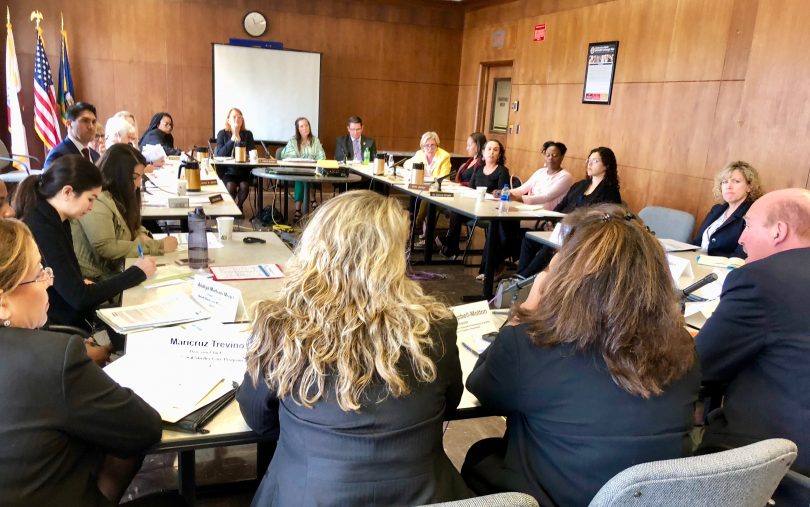
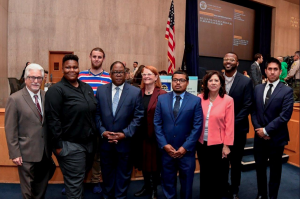
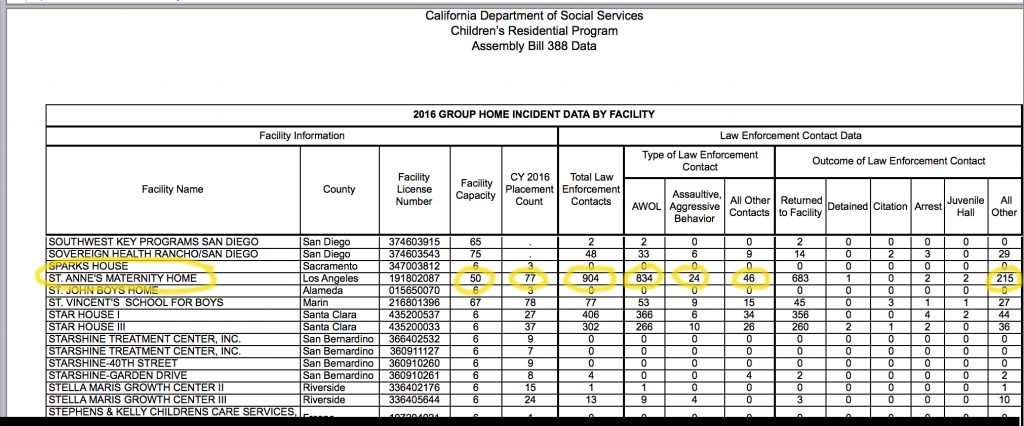
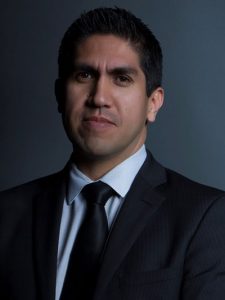
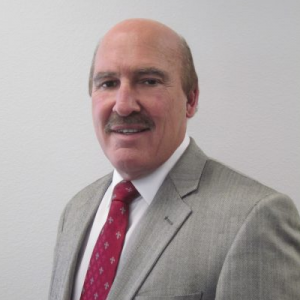
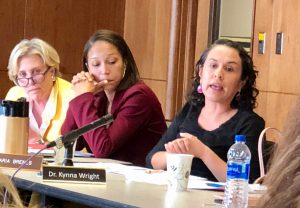
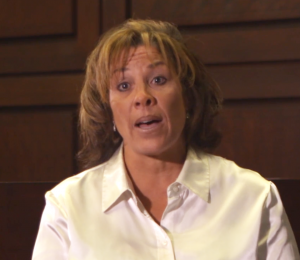

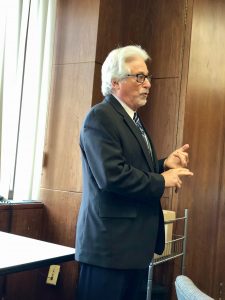
Wish you would quote folks more accurately. I for one am misquoted as were others at the meeting.
In my experience working in the mental health system, the group homes are poorly staffed, particularly in the evening and on weekends. Staff get into power struggles with the kids, have little support and so call the police for help. This also has the side benefit for the agency is that it’s likely that the child will be permanently removed, leaving an opening for an easier child. This is what the public/private relationship gets you.
We “Misheard”.
OMG, that’s hilarious!!! Just laughable.